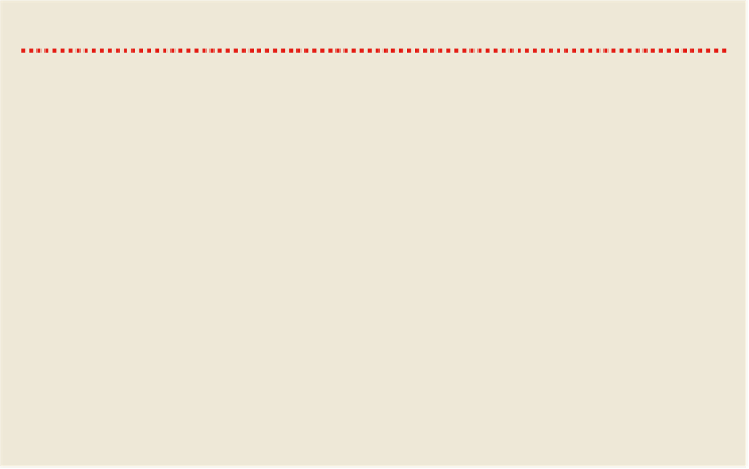Travel Reference
In-Depth Information
all over the island. The
Hualien Sugar Factory
(Guāngfù Tángchǎng; Guangfu)
was built in
1921 and at its peak was processing 2600 tons of sugarcane a day.
The factory closed in 2002, and left a wealth of old wood dormitories, machines and
storage buildings intact. After years of reconstruction the
houses
(Rìshì Mùwū Lǚguǎn Shì;
870 4125;
www.hualiensugar.com.tw
;
d/tw NT$3240/4320, midweek discounts 30%)
are now
once again opened for overnight guests. Free bike rentals are included and there are a
couple restaurants on the factory grounds.
Just south of the factory grounds is
Danong Dafu Forest Park
(
Dànóng Dàfù Píngdì Sēn-
lín Yuánqū
), 11-hectares of reforested ground that was once planted with sugar fields.
Nestled between the coastal and central range, the views here are breathtaking and the
high grass teems with birdlife. The turn-off for the park is at Km256 on Highway 9,
though you can also wend your way here from the sugar factory backroads.
Even if you don't plan to stay the night at the factory, stop for the
ice cream
(NT$45;
8am-8pm)
, and a wander around the factory grounds. Here's a bit of trivia for you: the
large carp pools beside the ice-cream shop are craters from the US bombing of Taiwan
during WWII.
The sugar factory is just south of the town of Guangfu on Highway 9. There are signs
in English on the highway directing you there.
LITTLE HOUSE ON THE RIFT VALLEY
In addition to the knockout scenery, most visitors to Taiwan's east coast are
charmed by the many frontier-style villages dotting the region. Among the most
common dwellings (besides modern cement blockhouses often 'adorned' with the
most amazing collection of old tires, cables, farm equipment, recyclables and,
oddly enough, stacks of doors) are clapboard houses from the Japanese era, and a
type of whitewashed bungalow, painted blue on the lower half, with a sloped tiled
roof supported by two front columns.
This simple southern Chinese (Fujian) accommodation is called aping fang. A
typicalping fangwill have three rooms, which can be expanded (to support a big-
ger family) by adding front-facing extensions. The house is then known as asan-
heyuan(three-side structure) which are commonly found on the west coast of
Taiwan (such as around Meinong), though usually sporting a handsome red-brick
exterior.
Historians claim that the white and blue colouring in the east is not traditional
but done to imitate Greek-style housing. Some particularly good places to check
out these frontier homes are Guanshan, Luye, County Roads 193 and 197, and the
road to Liji.


